Dedicated and passionate environmental volunteer tells us about spending her childhood outdoors and how that inspired her volunteer work today. Meet Lindy Lawson.
“Everyone can make a difference just by respecting what’s around them. Not everyone wants to go out and volunteer, I appreciate that, but you can make a difference by growing in your own domestic yard, growing plants that might attract butterflies or whatever really.”

“I grew up in the 1960s, so life was quite different then to what it’s like for children today. You had a quarter acre backyard, and – in comparison to how people live today – our house was quite small.
We had a family of 6, so we were outside a lot – just playing in the garden, you know, getting dirty out in the dirt really. All our holidays were spent caravanning.
We were at the beach, so there was always things you find at the beach and I can remember going on picnics up to Belair National Park and just, you know, playing in the creeks and looking for tadpoles.
That’s what it was like then, you were outside; that’s just what you did.
You didn’t sit inside. I mean, television was only on for a few hours a day when I was really little. It’s not like you watched TV – you amused yourself.”

“People need to be encouraged to go out in nature and enjoy it.
It’s been well-documented that people who spend time outdoors, whether it’s gardening or walking or playing sport, are happier.
Living here right on the beach I spend a lot of time swimming. I swim all year-round in the sea.
And for me it’s like, you can be feeling a bit down but then you get out there – you know, I think all the endorphins get released – and yeah, you feel really good. It’s built into us.”

“I just like the beauty of nature. I guess some people can walk along and not see things – I see things all the time.
I really appreciate the flowers and I really appreciate the insects, and all the creatures you see when you’re out walking.
I get excited if I see a lizard walking along and it’s just – I do – I really enjoy nature.”
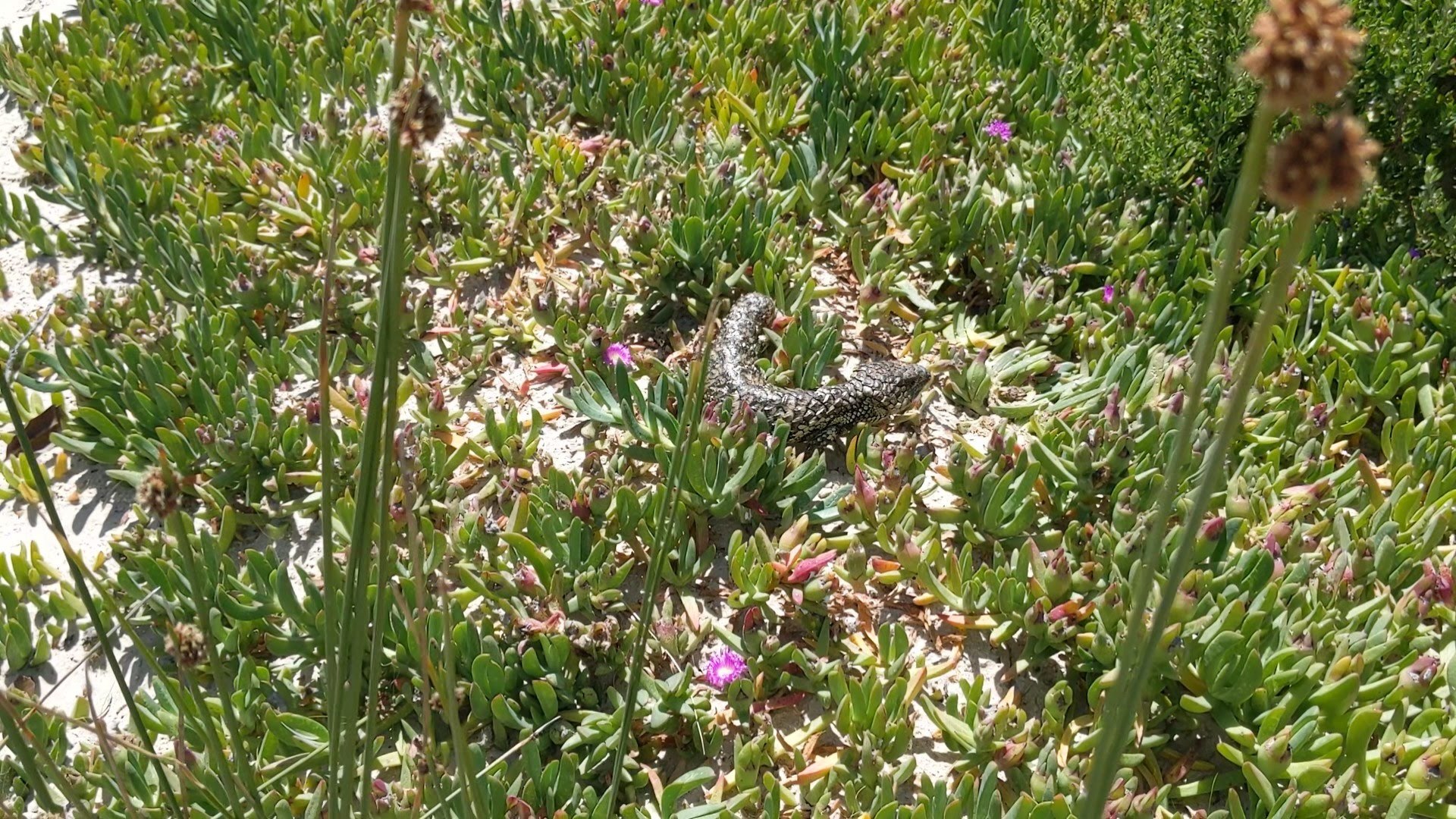
“I’m out in the sea most days and I just love being out there.
And that’s a different environment again – seeing the fish and the stingrays and all those crabs and everything you see when you’re in the water.”
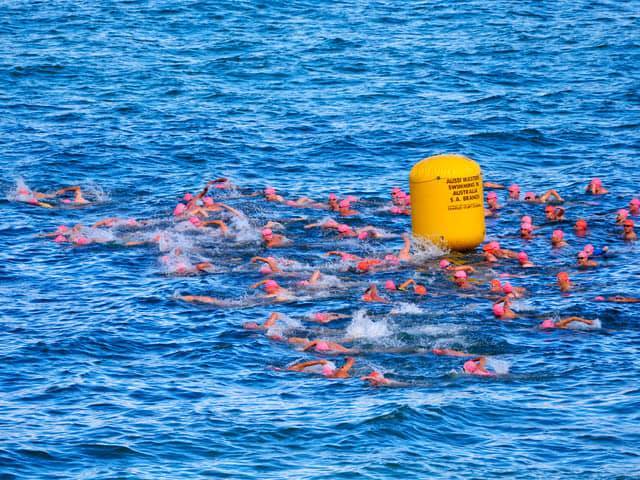
“I’ve always had a favourite bird and that is the blue wren. I’ve lived in a number of places where I’ve had gardens that in the understorey I’ve been blessed to have blue wrens.
My second favourite would be the rosellas – and we get an abundance of rosellas around here.
I just love the colour of them, the way they look, I love listening to them, the whistling and the chatting.”
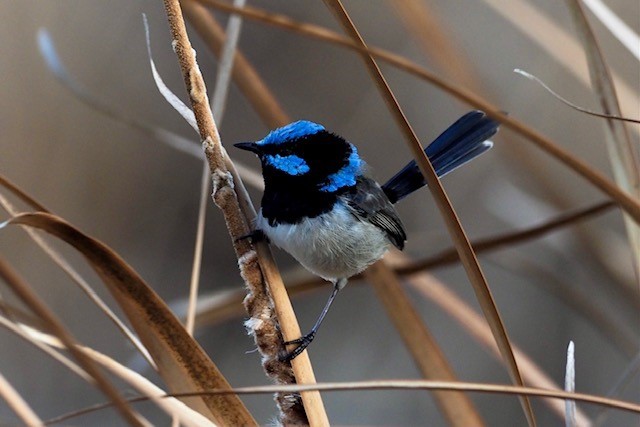
“So, I’m retired. I’m a retired registered nurse.
I worked many years in the hospital system and then in my final, probably, 10 or 11 years of work, I worked as a research nurse for CSIRO.
Because I’d recently retired, I was obviously looking for a way to fill my days.
I’ve always been very interested in conservation. My involvement with conservation goes back to the 1980s – I used to be a volunteer with Trees For Life in the very early days, when it was all run by volunteers.”
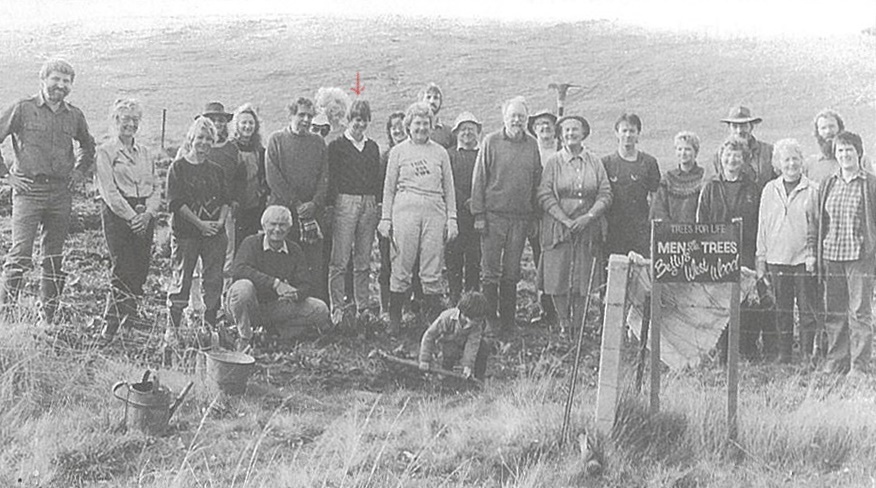
“So I’ve had that passion for the environment and growing plants. It was always going to be something that I did when I retired. This was perfect because it’s right on my doorstep.
With the building of the coastal path – the Minda Coast Park that was completed in 2019 – the council, City of Holdfast Bay, put out a note just to say basically that the park is going to be opening and they would need volunteers to help look after the plants, mainly watering and weeding.
So, myself and a whole group of people from where I live neighbouring the dunes – we all had a meeting – we had a number of meetings – and then the group was formed.
And basically I became the group coordinator a little bit by default. There were a few concerns that people were raising and I offered to be the spokesperson and then it went from there!”

“Currently we have 18 volunteers – the amount has altered a little bit in the 2 – well, it’s just over 2 years now. I think we had a few more people had their names down to start with, some of those have left and then we’ve had a couple of new people – but yeah, we’ve got 18 regular participants.
Well, it’s given me a focus.
Obviously going from working to not working is a big adjustment for a lot of people but I’ve gotten involved in a number of things.
This one, we meet every week, so I’ve got every Tuesday I know that I’m going to spend a couple of hours out in the dunes.
I’ve always had a garden. I live in an apartment here now where I don’t have my own garden, except for a few pots, so my garden is now the Minda Dunes. Being able to get out in the dirt.”
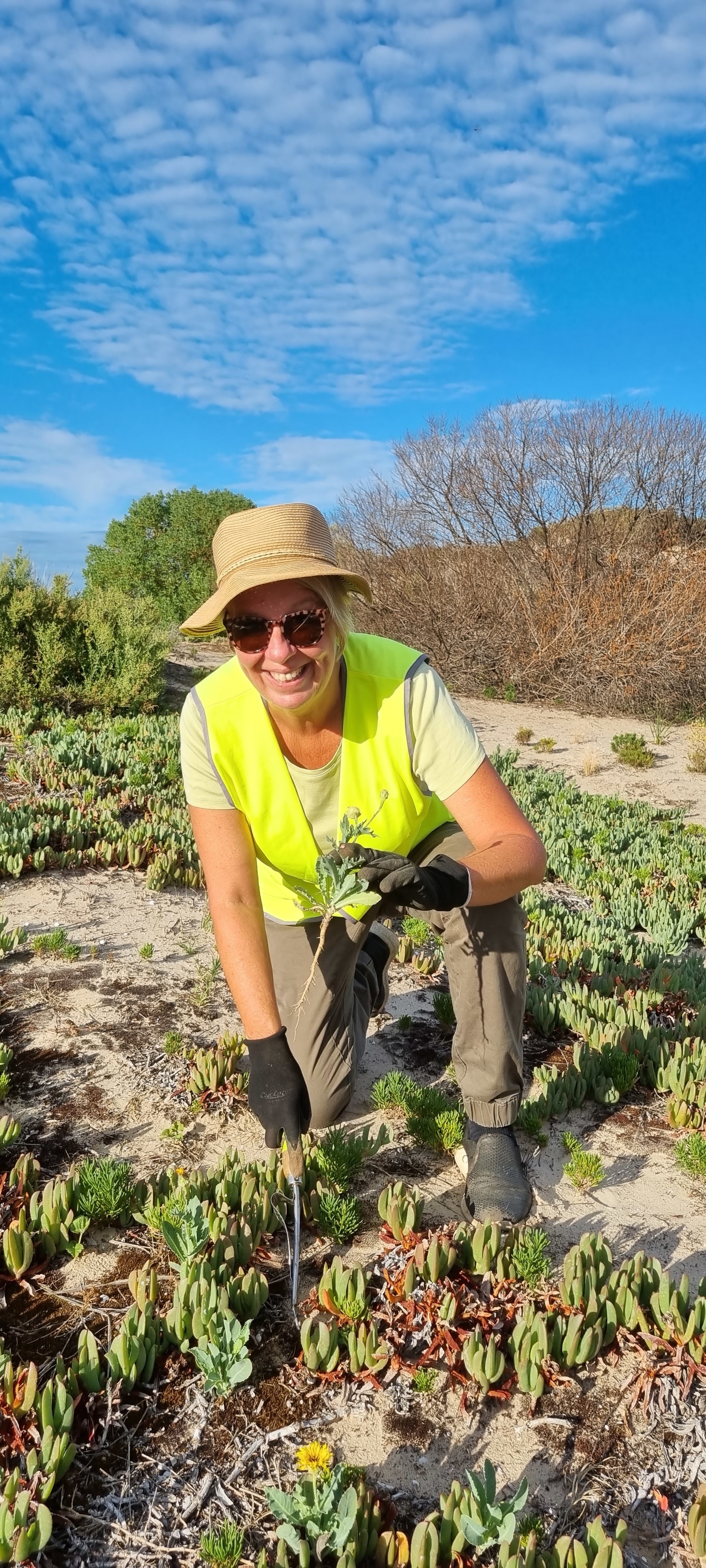
“If there wasn’t the volunteers, the site – it wouldn’t be anything like it is.
Before the coastal park was built, the dunes had sort of been let go for a number of years. The ability for the native vegetation to continue spreading was very limited because there were a lot of weeds.
When they built the park, because of putting the path through, that took out some vegetation but what was taken out was actually mainly weeds – it was woody weeds – there was tamarisk, box thorn, olives, all those sorts of things.
The building of the park was actually a win-win. Often people don’t like the idea of cutting through the dunes, which if you just thought of it as that, yeah, it would be a terrible thing to do but it’s actually been very positive.
From the original plantings that were done as part of the development and then the ones we’ve put in there, there’s been like 17,500 new plants planted and those plants themselves have just – especially in the last 12 months – we’ve just seen massive normal revegetation from, you know, the seeds dropping.
There’s plants where there hasn’t been plants for years.
And obviously, we’ve kept the weeds down, so where we keep the weeds down, the natives have regenerated. I think that you can tell we’ve made a big difference.”
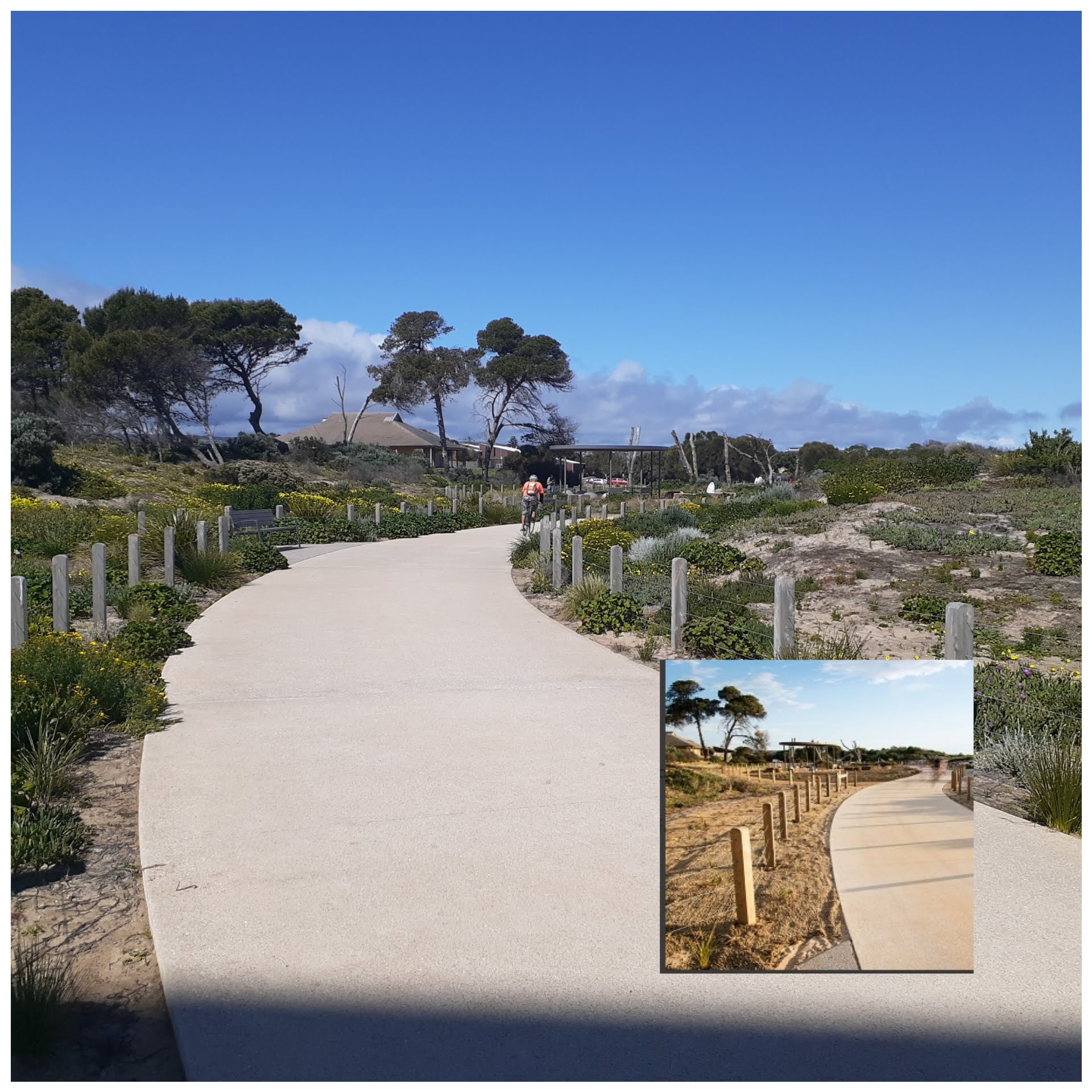
“[Being a site for the bitterbush blue release] has been very exciting. Who would have thought that looking at a caterpillar would be so exciting!
Yeah, when [Green Adelaide’s] Matt and Alex [of EntoSearch] brought the grubs out last year it was like, “this is really great but is it going to work?”
And it was so exciting when we actually saw the signs of – well, we didn’t see the butterflies themselves because there’s lots of butterflies out there and there’s a number that look very similar. With Matt we found eggs and now we’ve just found all new grubs!
So, it’s quite clear that the first lot of butterflies have actually reproduced. We just hope it continues.”
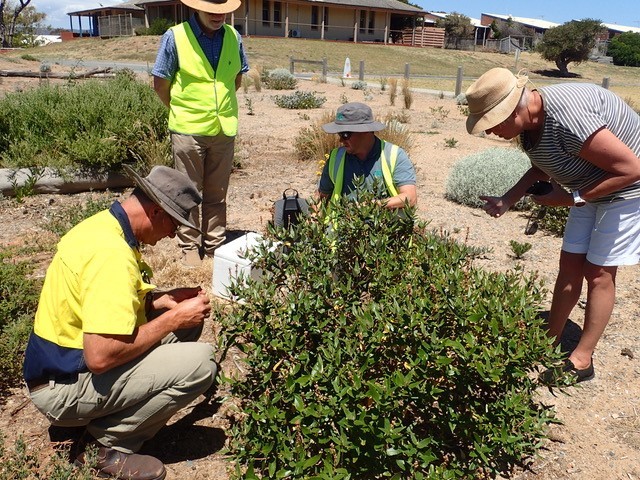
“I feel pretty pleased about the difference we’re making, very proud actually, about what we’ve achieved.
Sometimes you forget how far you’ve come until you look back at old photos and when we look at the photos from 2 years ago, to what I take now, the difference in the dunes it’s just amazing and I think the majority of that is because of the volunteers."
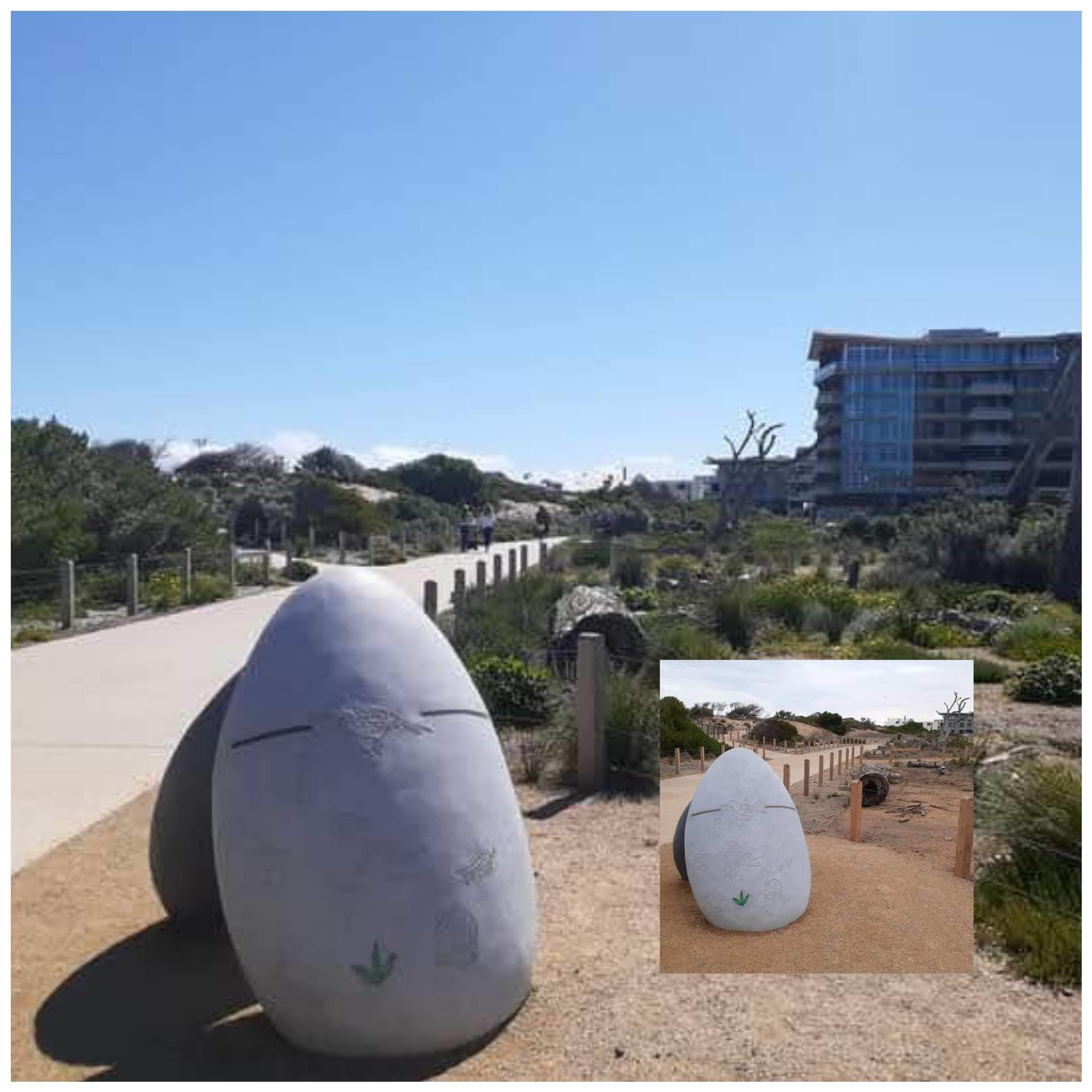
“It’s obvious – if we use the Minda Dunes as an example – if you’re not in there protecting it, like keeping people off from walking on the plants, causing erosion, if you don’t do that protection, then you lose what’s there and it was getting to a point where there was a risk of losing a lot things because weeds being weeds, they takeover.
So I guess myself and all the other volunteers, what makes us very sad and sometimes it makes us very furious, is that people ignore the signs that say ‘this is a conservation zone, please stay on the path’.
And then for whatever reason they feel the need to climb a fence and stomp through to make a shortcut, or have a party and leave all their bottles and packages.
And the other big one is people not picking up after their dogs! Which you know, you’re walking along a beautiful area, you’ve got all this beautiful nature around you and then you’re dodging the dog poo.”
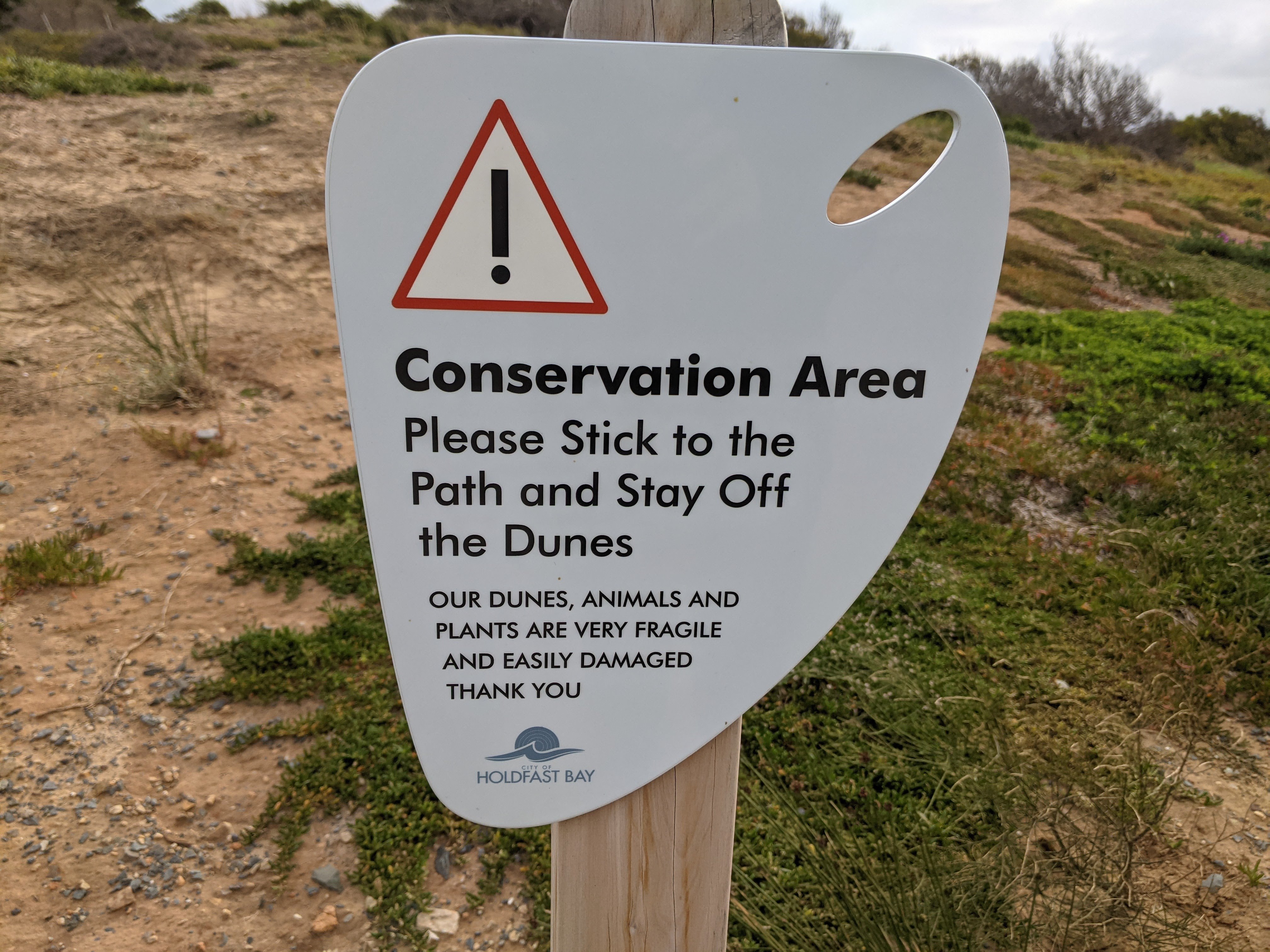
“I try to be sort of positive about where things are heading.
I know we’ve got the issues of climate change and loss of greenspace, with the building or lots of buildings, but I think – well I hope – that there’s more and more people like us, sort of willing to speak up and to encourage the preservation of what we’ve got, and also to increase.”

“There’s been this drive to bring people back into the city and there’s been lots of apartment buildings built. So the population, particularly in the City of Adelaide, has increased quite a lot and you’ve got to have some outdoor space, you can’t – well some people can – but the majority of us need some sort of connection with the outdoors.
A lot of people don’t want to have their own garden, that’s fine, but those same people then enjoy walking outside.
Well it makes me feel pretty good and I think it probably makes most people feel good when they’re outside in the fresh air and enjoying the sights. We’ve got to keep pushing for that.”

“I saw a building – it’s a new big apartment building in the city – I noticed driving through – well, I’m not sure how many years it’s been there but not that many – and I noticed all one side of it is all vegetation. They’ve actually got like a hanging garden down it. Well, if we get more of that it’ll be so good. So much cooler than concrete and bitumen.
Everyone can make a difference just by respecting what’s around them.
Not everyone wants to go out and volunteer, I appreciate that, but you can make a difference by growing in your own domestic yard, growing plants that might attract butterflies or whatever really.
People could plant on their verges – people could make a difference that way. Not littering. Not walking through the dunes when the sign says it’s a conservation area. We can all make a difference. And if everyone just did one little thing it would be fantastic.
If people are thinking about volunteering – contact us. All the more the merrier!”
Humans of Green Adelaide is a first-person series about the people of Adelaide and their connection with nature. Come on everyone, let’s green Adelaide!